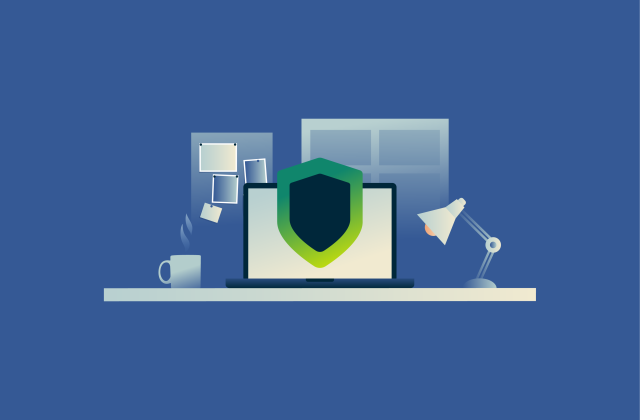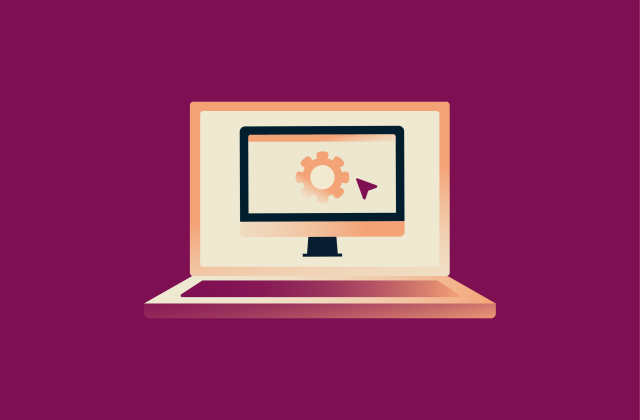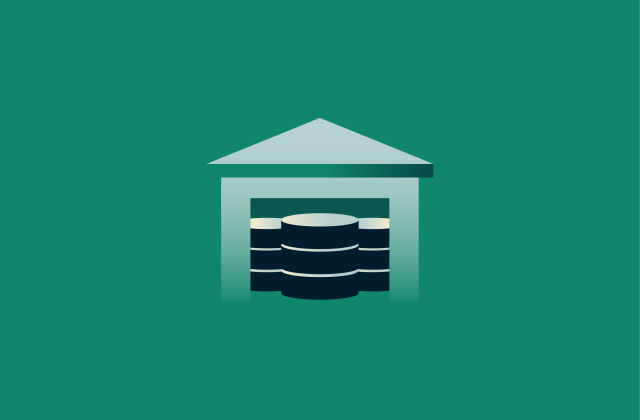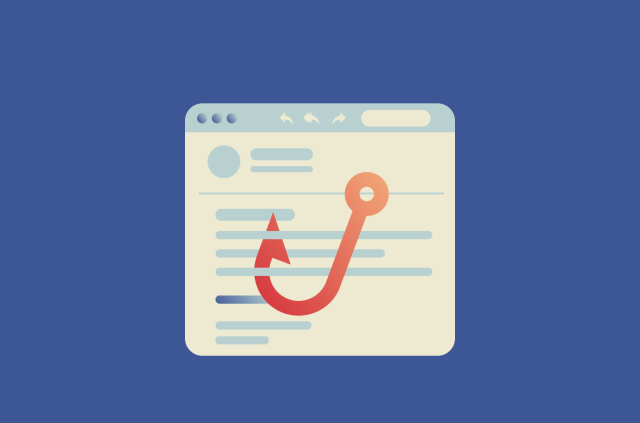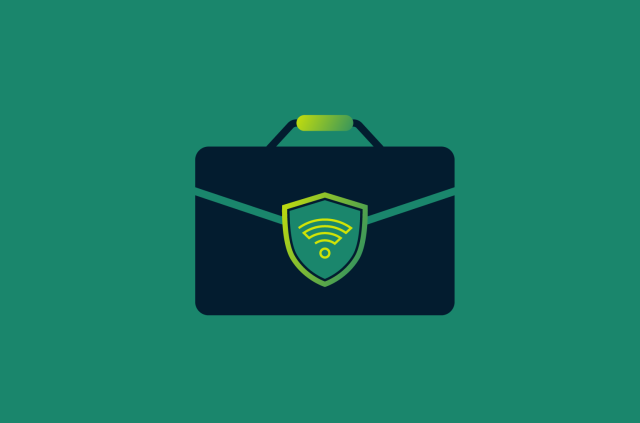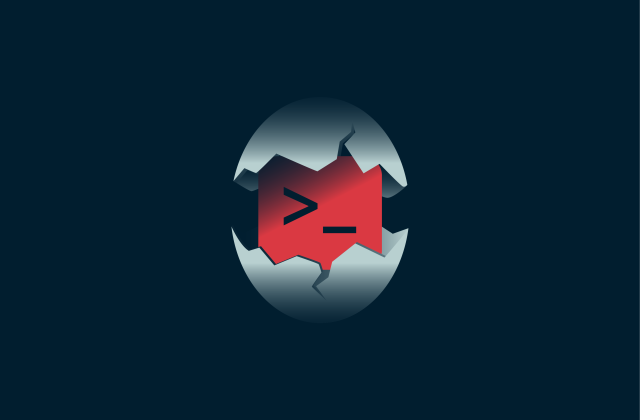Loopback address: What it is and how to use it
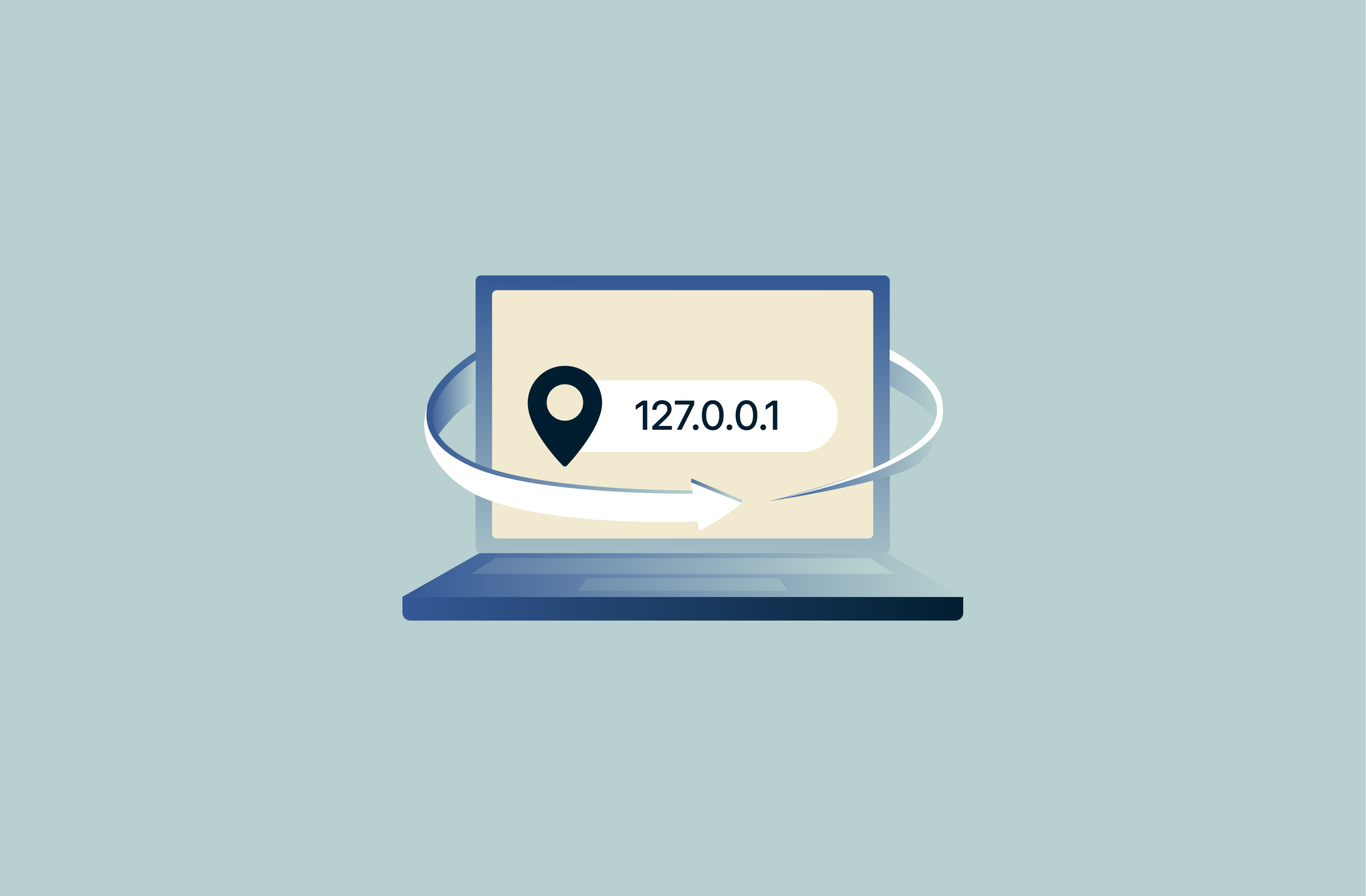
A loopback address is a way for a computer to talk to itself. Instead of being sent outward, data directed to a loopback address returns to the same device. This can be a useful tool for testing applications, troubleshooting network setups, and learning how systems communicate.
By understanding what a loopback address is and how to use it, you gain a basic but powerful tool with widespread applications, from simple experiments to advanced technical work.
What is a loopback address?
Think of a loopback address as a tool a machine can use to call itself in order to test whether its network features are working properly.
In networking, the default IPv4 loopback address for most devices is 127.0.0.1. This is the loopback address most people refer to, but it also represents a broader concept: any address that directs traffic back to the same device. In other words, “the loopback address” can mean this specific IP, while “a loopback address” can describe the general mechanism that lets a device communicate with itself.
Internally, most systems define loopback addresses using the hostname “localhost” so inputting that word anywhere you’d enter a network address, URL, or hostname will always point back to the same device.
What is a loopback address used for?
As already mentioned, loopback addresses are mainly used for testing and diagnostics across software development, server configuration, and network troubleshooting. No network connection is required, which can make local app and web development safer as there’s no risk of exposing your work.
Beginners can use this technology to practice networking basics without extra equipment, while professionals rely on it to test configurations or check server performance.
How does loopback work?
When data is sent to a loopback address, the TCP/IP stack (the set of rules and layers that control how data moves across a network) handles this process internally. This allows a computer to send and receive information without touching any physical network components.
Here’s how the process works:
- Recognizing the address: The computer’s TCP/IP stack identifies 127.0.0.1 as an address reserved for internal communication.
- Redirecting the data: Instead of leaving the machine, the packets are looped back into the TCP/IP stack.
- Delivering to the application: The data is reassembled and sent to the correct program on the computer, using the port number as a guide.
This creates a closed feedback loop where the sender and receiver are the same machine. Because the data follows a short, direct path, loopback tests run almost instantly and are a reliable method for confirming that software can send and receive data correctly.
When a loopback address is used, no outside devices can see the traffic. This ensures it’s insulated from external attacks, though this doesn’t mean that using loopback is entirely risk-free. Data sent over loopback could theoretically be compromised by a local threat. For example, a compromised local program could exploit a privileged application using loopback to gain higher access.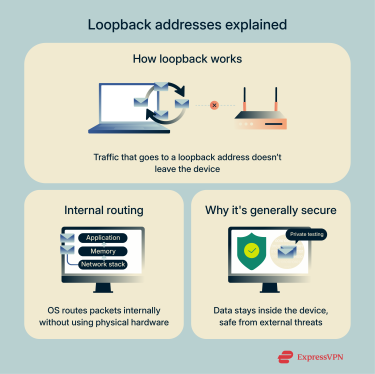
What is a loopback interface?
A loopback interface is a virtual network interface tied to the loopback address. Essentially, it’s a software version of a physical network card. Unlike Ethernet ports or Wi-Fi adapters, loopback interfaces don’t require any hardware. Rather, they’re built into the operating system. They behave like a real interface, but only handle traffic sent to and from the same device.
Network engineers often use loopback interfaces when configuring routers or complex systems, because they stay active even if physical connections fail. This stability makes loopback interfaces valuable for testing, monitoring, and keeping critical services reachable.
Loopback address ranges
Loopback addresses aren’t just a single number; they’re drawn from reserved ranges. These ranges are set aside specifically for internal testing, so they never overlap with real internet traffic. Both IPv4 and IPv6 have dedicated spaces for loopback, though each protocol handles it a little differently. If you’re uncertain about the various kinds of addresses, you may want to refer to this guide on IP classes.
IPv4 loopback address range
In IPv4, the loopback range covers all addresses that begin with “127.” In other words, data sent to any address from 127.0.0.0 to 127.255.255.255 will return to the system. While all of these technically work, most people use “127.0.0.1” as a shorthand.
Specific IP ranges and their usage
Most people only need 127.0.0.1, but some professionals may need to take advantage of a larger part of the range to support complex setups. Different addresses within the 127 block can also be used to test multiple applications separately on the same computer.
IPv6 loopback address
IPv6 handles things a little differently. Instead of reserving a large block, it uses just a single address for loopback. That address is written as “::1,” which is a shortened version of a full 128-bit IPv6 address.
How to ping a loopback address
Pinging a loopback address is one of the easiest ways to check whether a computer’s networking features are working. Below you’ll find instructions for pinging your loopback on Windows, Mac, and Linux computers.
Windows
- Press Windows + R and type cmd into the search bar. Run the command either by pressing Enter or clicking OK.
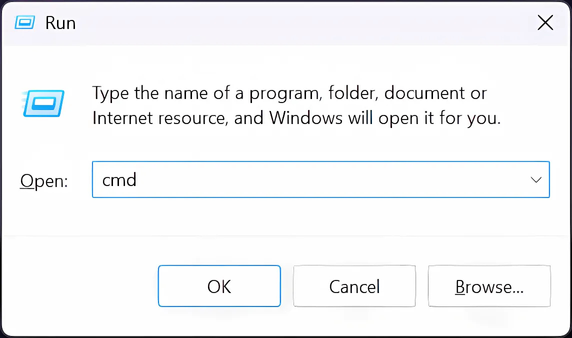
- A Command Prompt window will open. To ping your IPv4 loopback, type ping 127.0.0.1 into the window.
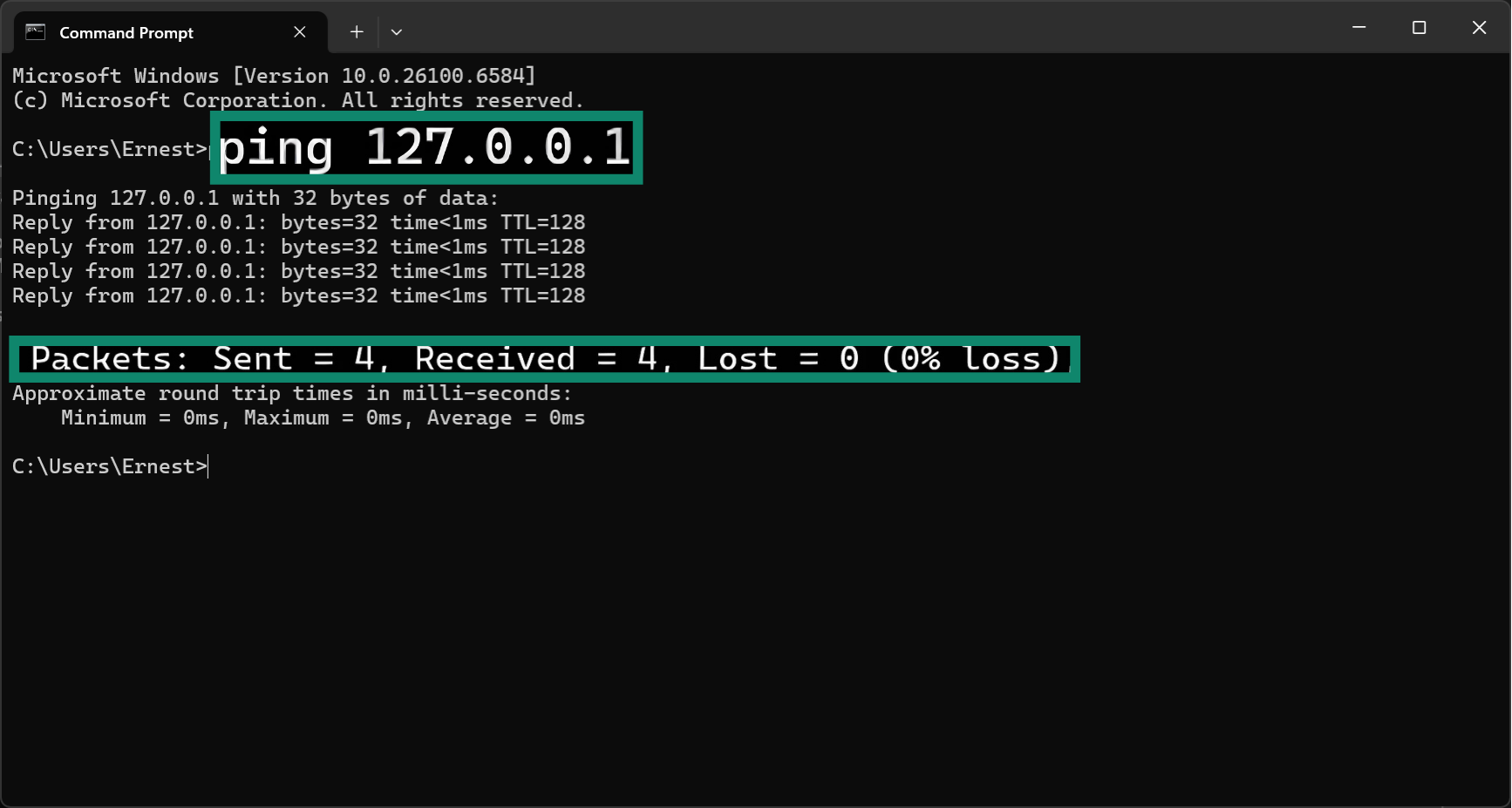
- To ping your IPv6 loopback address, enter ping ::1 instead.
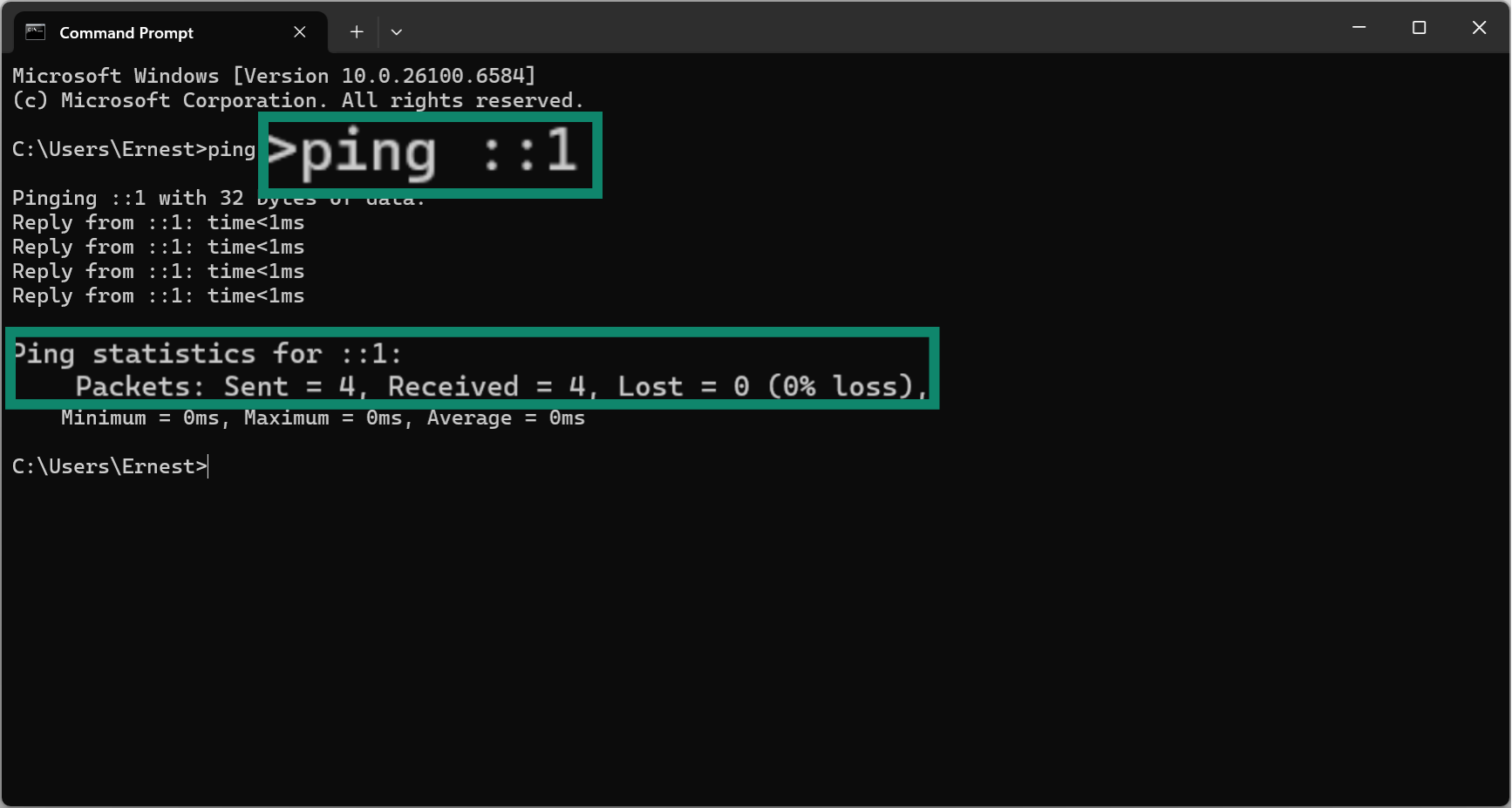
macOS
- Open Applications, select Utilities, and open the Terminal app.
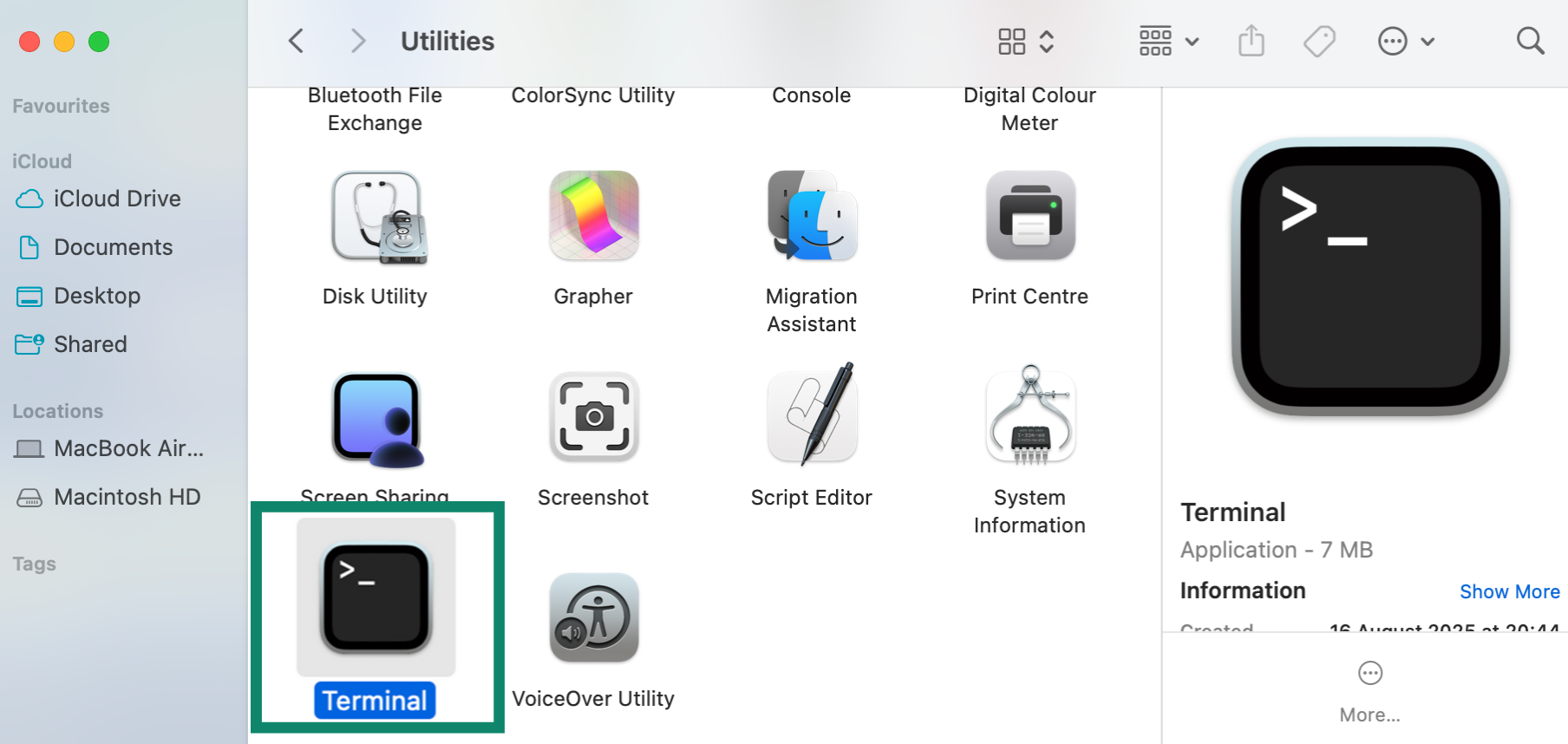
- Input ping -c 4 127.0.0.1 to ping your IPv4 loopback address.
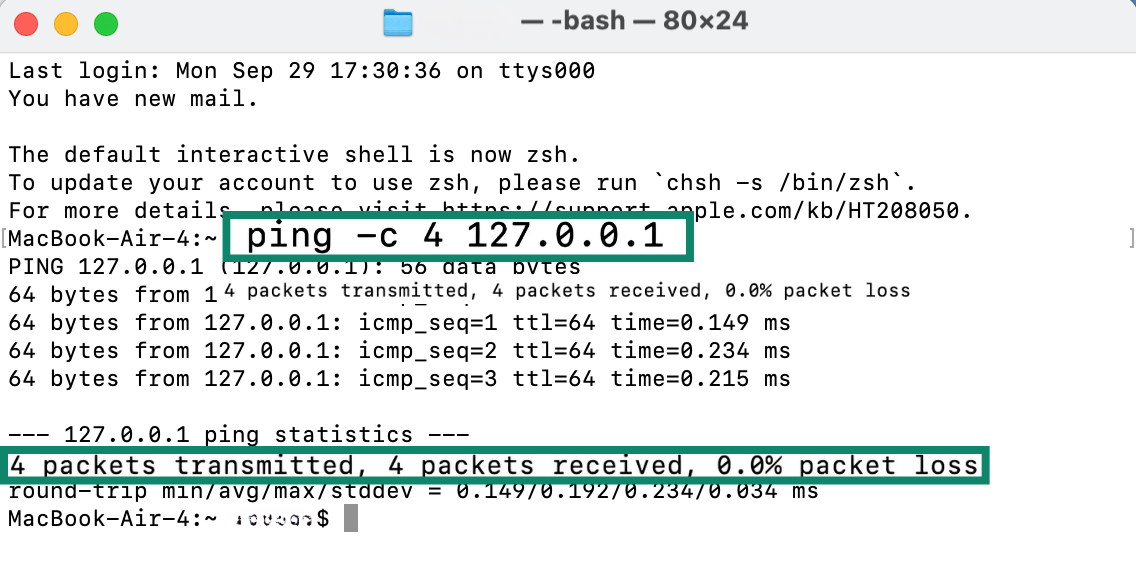
- Run ping6 ::1 to check your IPv6 loopback connection.
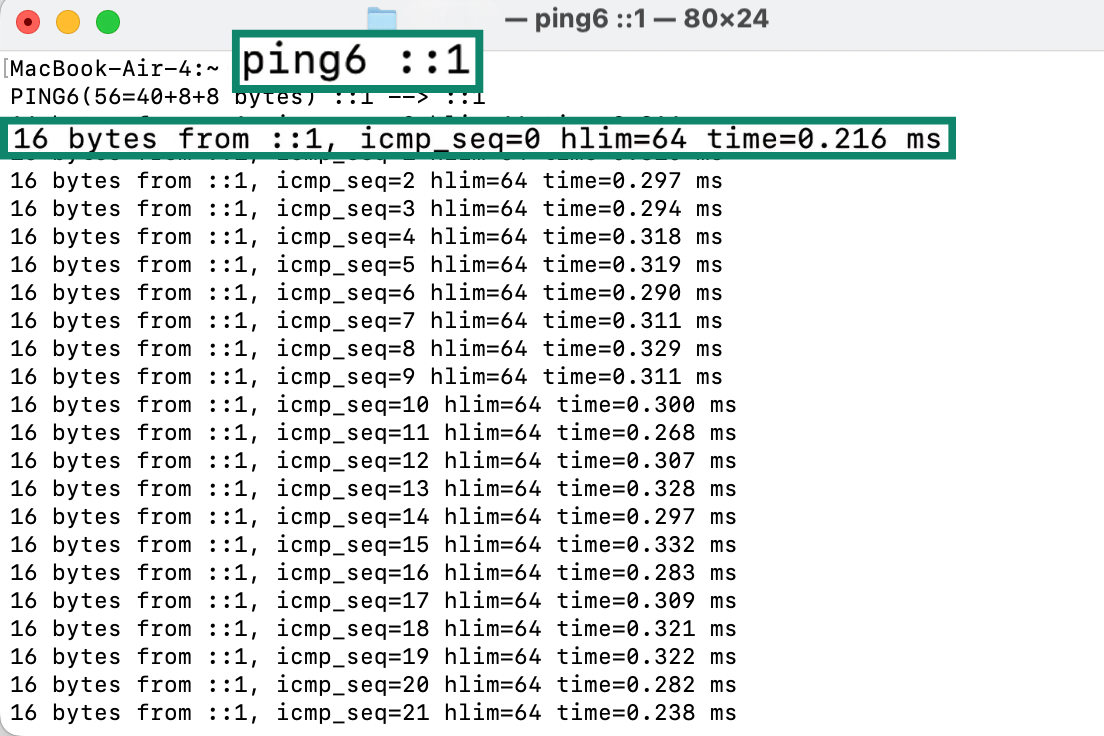
Linux
- Press the Start button and select Terminal.
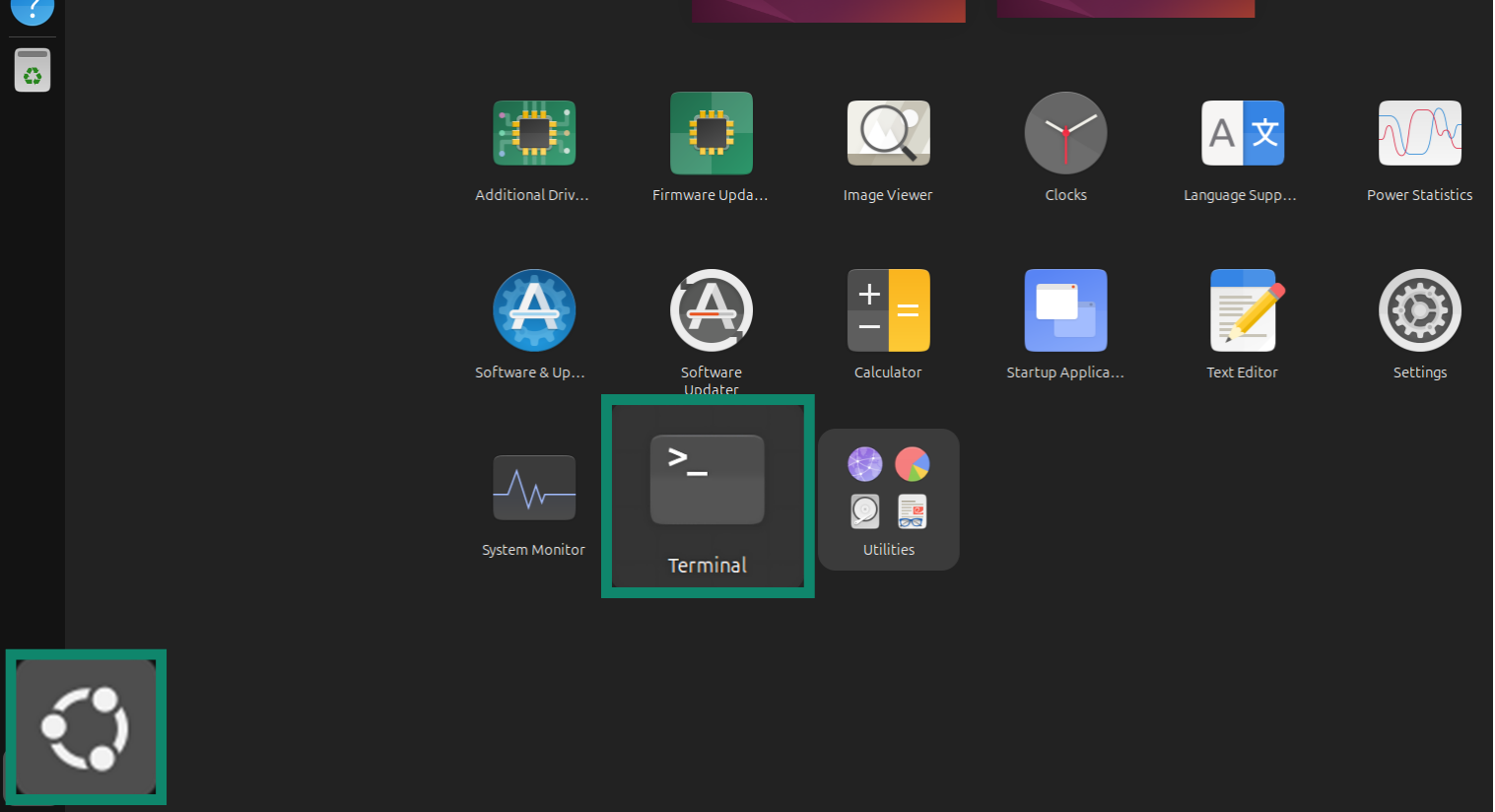
- Input ping -c 4 127.0.0.1 to ping your IPv4 loopback address.
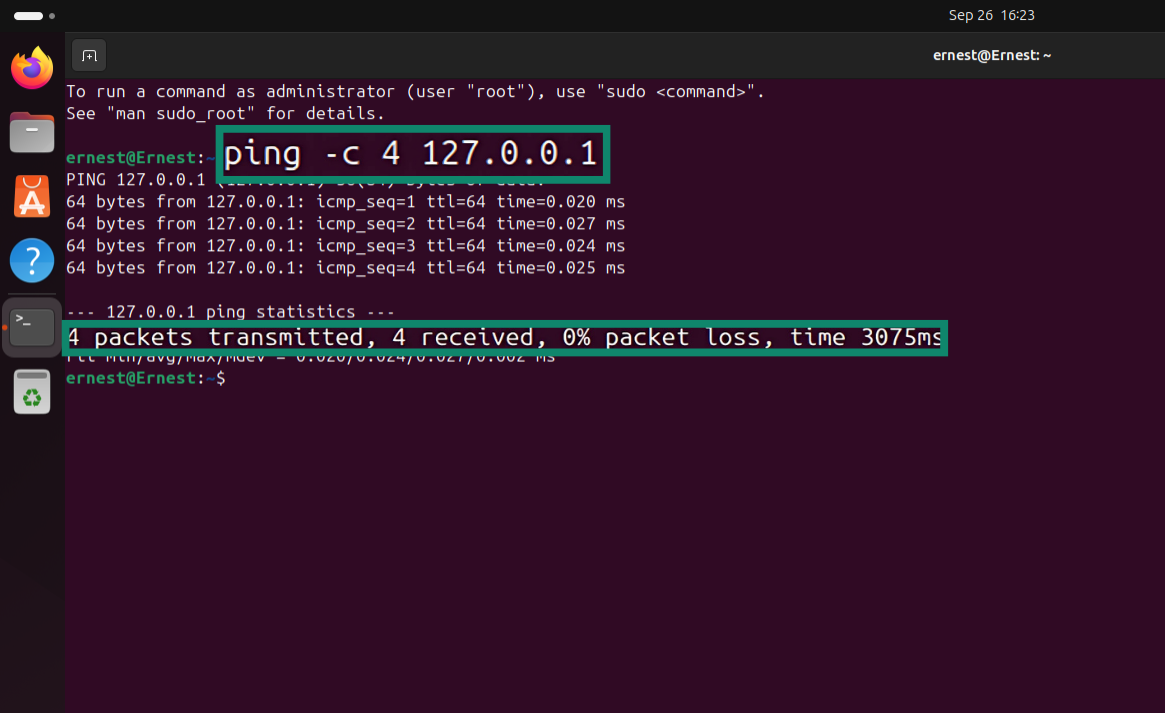
- To test your IPv6 loopback, enter ping -6 ::1 instead.
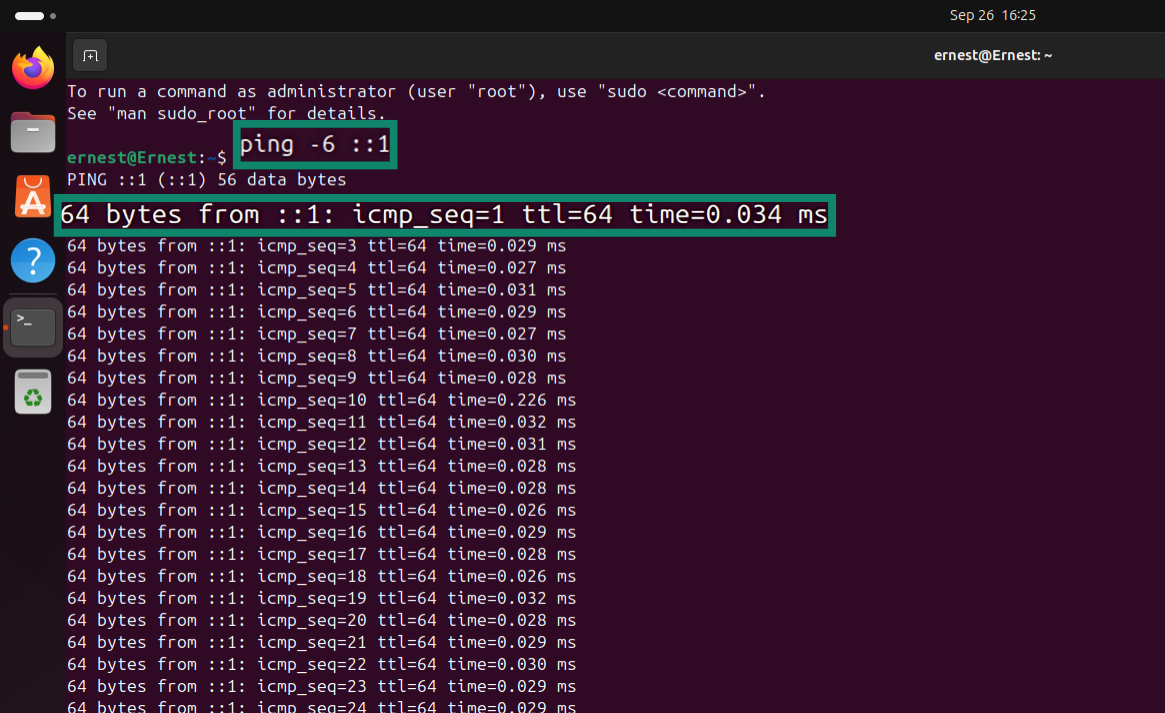
Use cases of loopback addresses
Web development implications
In web development, loopback addresses let developers preview websites or web apps before anyone else can access them. By typing “localhost” into a browser, it’s possible to see how a site looks and functions on the system without publishing it online. This way, developers can catch bugs, adjust designs, and test features privately. It’s like having a safe “sandbox” where changes won’t affect live users.
Server testing scenarios
System administrators and engineers rely on loopback addresses when setting up servers. They use them to make sure services like databases, email servers, web servers, or APIs are working correctly before exposing them to real users.
Loopback testing helps confirm that the server can handle requests, respond essentially instantaneously, and communicate with other parts of the device. If something fails, it’s usually easier to fix at this stage than after a server goes online.
Network diagnostics
Loopback testing can demonstrate that network tools are working at a basic level and that the TCP/IP stack is configured correctly.
After performing a loopback ping, you should receive an immediate response that shows your IPv4 or IPv6 loopback address. If a loopback ping fails, the problem is usually within your system and not with the connection. It could be caused by a misconfigured network stack, disabled network services, or an overactive firewall, just to name a few possibilities.
This makes loopback a valuable first step before looking into other issues that can affect outbound connectivity, such as a slow internet connection or non-responsive DNS.
Tools and techniques for effective troubleshooting
Basic commands like ping are the quickest way to test connections. More advanced tools, such as netstat, can show whether programs are listening on the loopback interface. Traceroute can also help verify that packets are staying within the local system rather than being routed elsewhere, which confirms whether loopback resolution is working correctly.
Developers often use logging features in their applications to track errors when loopback requests fail. Restarting services, checking firewall rules, or temporarily disabling security software are also practical troubleshooting steps.
Other practical applications of loopback addresses
Below are some more common examples where loopback proves useful:
- Running security tools: Security professionals use loopback to restrict access to platforms and safely run penetration testing tools without exposing live networks.
- Device simulations: Engineers simulate device communication on a single machine, checking how software responds without real hardware.
Differences between loopback and local addresses
Not all “local” IP addresses are the same. Some users may mistake loopback addresses for the local addresses that connect devices within a network.
- Link-local address: Used for communication between devices on the same local network (like your laptop and printer). Assigned automatically for local communication.
- Unique local address: Exists within a private network, such as inside a company or home office. Allows devices to communicate with each other but doesn’t reach the wider internet.
It’s also worth noting that all of these address types can be either IPv4 or IPv6.
FAQ: Common questions about loopback addresses
Why is the loopback address important in networking?
The loopback address is important because it provides a reliable mechanism for testing a device’s network features. It helps ensure software, servers, and network configurations are functioning correctly without relying on external connections.
Can loopback addresses be used in production environments?
Yes, loopback addresses can be used in production environments for specific purposes. Many production setups use loopback in reverse proxy configurations. A web server such as nginx or Apache handles external HTTPS traffic, then forwards it over HTTP to a service running on the loopback interface. This keeps the internal service isolated from the network while letting the proxy manage caching, encryption, and other front-end tasks.
How are loopback addresses configured in different operating systems?
Most operating systems set up loopback addresses automatically. Windows, Linux, and macOS create a built-in loopback interface that requires no manual setup for standard use.
Is there a difference between loopback and local addresses?
Yes, though loopback addresses are technically local addresses, they’re not the kind most often discussed. only allow your computer to talk to itself, while local addresses connect devices on the same network. Link-local and unique local addresses are examples of addresses used for nearby or private network communication.
Take the first step to protect yourself online. Try ExpressVPN risk-free.
Get ExpressVPN





